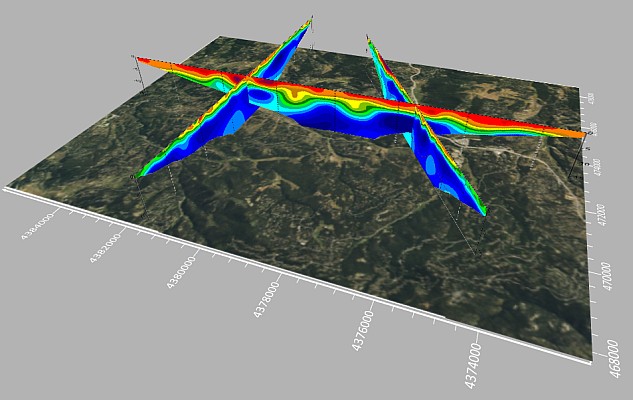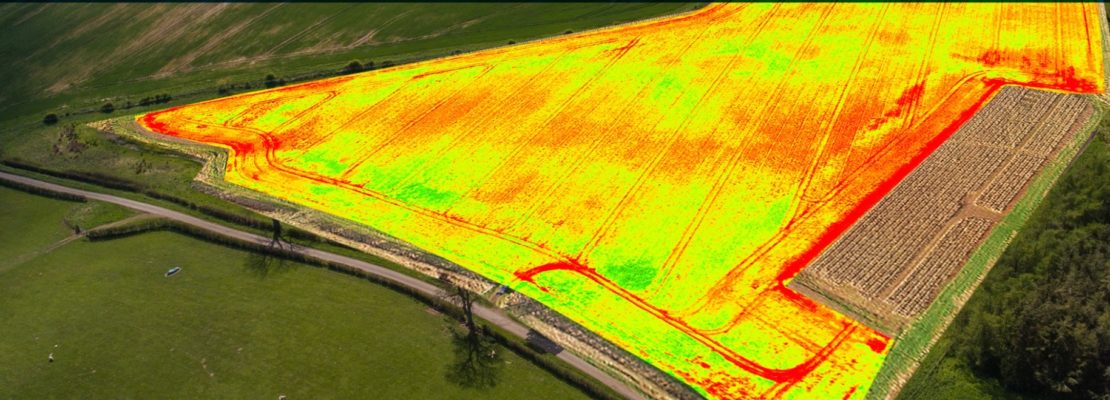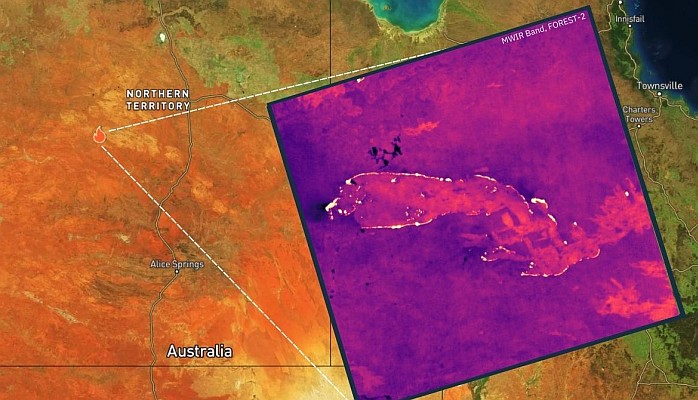ESRI’s Health GIS Conference will be held October 7–10, 2007, at the FireSky Resort and Spa in Scottsdale, Arizona. The conference will provide a global forum for discussing how geographic information system (GIS) applications combine the power of location and information technology (IT) to analyze and communicate health and human services issues and challenges.
Conference attendees will include administrators and policy makers from public health, hospitals and health systems, managed care, social services, and academic health science and research. The focused setting will give participants, from those with entry-level GIS experience to advanced users, a great opportunity to see current innovative GIS applications in their fields.
“This conference presents year after year some of the best GIS practices in health organizations,” says Bill Davenhall, global manager of Health and Human Services, ESRI. “Attendees come away with fresh ideas and important new networking relationships that inspire and motivate them in unexpected ways, which is an important goal of the conference.”
Keynote speaker Stephanie Bailey, MD, MSHSA, Chief of Public Health Practice, U.S. Centers for Disease Control and Prevention, will talk about current public health priorities such as reducing disparities and improving access to services. Plenary speaker Raymond D. Aller, MD, director, Bioterrorism Preparedness and Surveillance Section of Los Angeles County Department of Health, will explore the power of place in the prevention and control of human disease and disability.
Privacy and confidentiality issues faced by health GIS practitioners will be addressed by Gerard Rushton, PhD, Department of Geography professor, University of Iowa. Abel N. Kho MD, MS, Assistant Professor of Medicine, Northwestern University, and Affiliated Scientist, Regenstrief Institute, Inc., will discuss how GIS can track and control infections in the hospital setting.
During the annual health GIS awards luncheon, Evangeline Franklin, MD, will discuss her experience as director of Healthcare Clinical Services in New Orleans, Louisiana, and how Hurricane Katrina has changed public health in New Orleans. In addition, presentation of the 2007 Vision, Service, Communication, and People’s Choice awards will recognize innovators in the use of GIS in the health and human services fields.
Other highlights include preconference seminars and workshops, paper presentation sessions, social gatherings, and a site visit to the Arizona Department of Health Services. Exhibits and presentations will offer opportunities to learn about advances in GIS technology and successful approaches to using geography to improve research, health services management and delivery, preparedness, and policy decisions. Exhibits will feature displays by health GIS solutions providers and practitioners as well as higher education organizations that support GIS in curriculum and research.
ESRI software is used extensively by state and national public health organizations throughout the world, including the U.S. Centers for Disease Control and Prevention and the World Health Organization. In addition, more than 60 country-level health ministries, thousands of scientists, and hundreds of hospitals benefit by using GIS tools from ESRI.
The deadline for conference registration is September 23, 2007. To find out more information and to register, visit www.esri.com/events/health.






